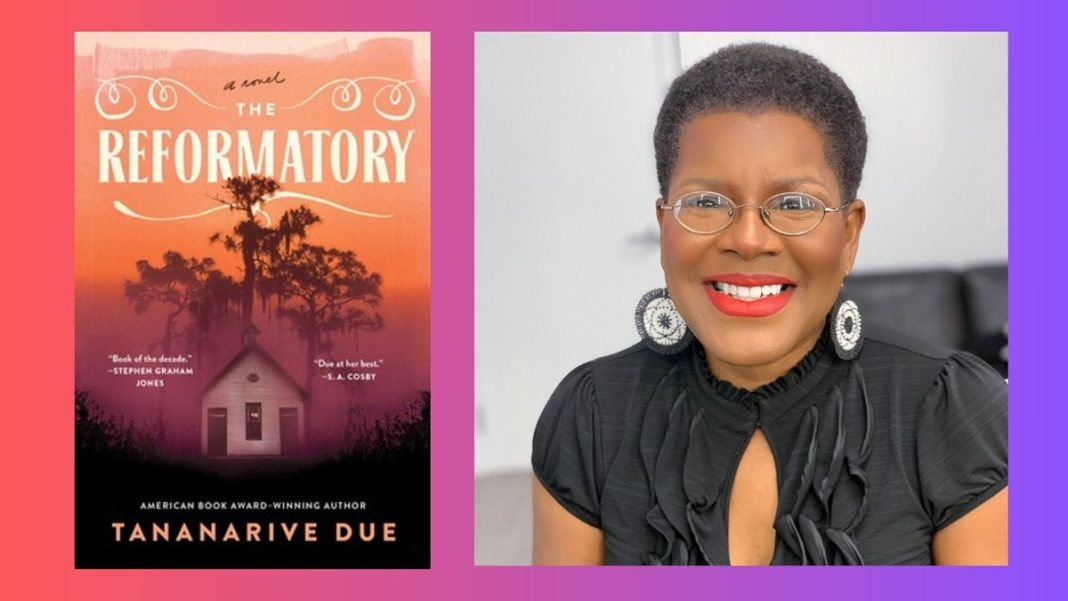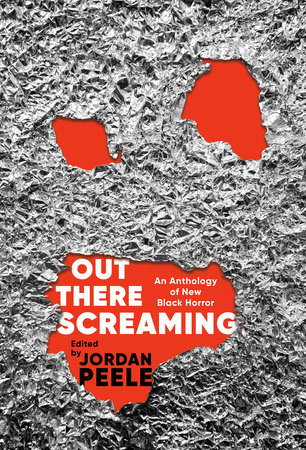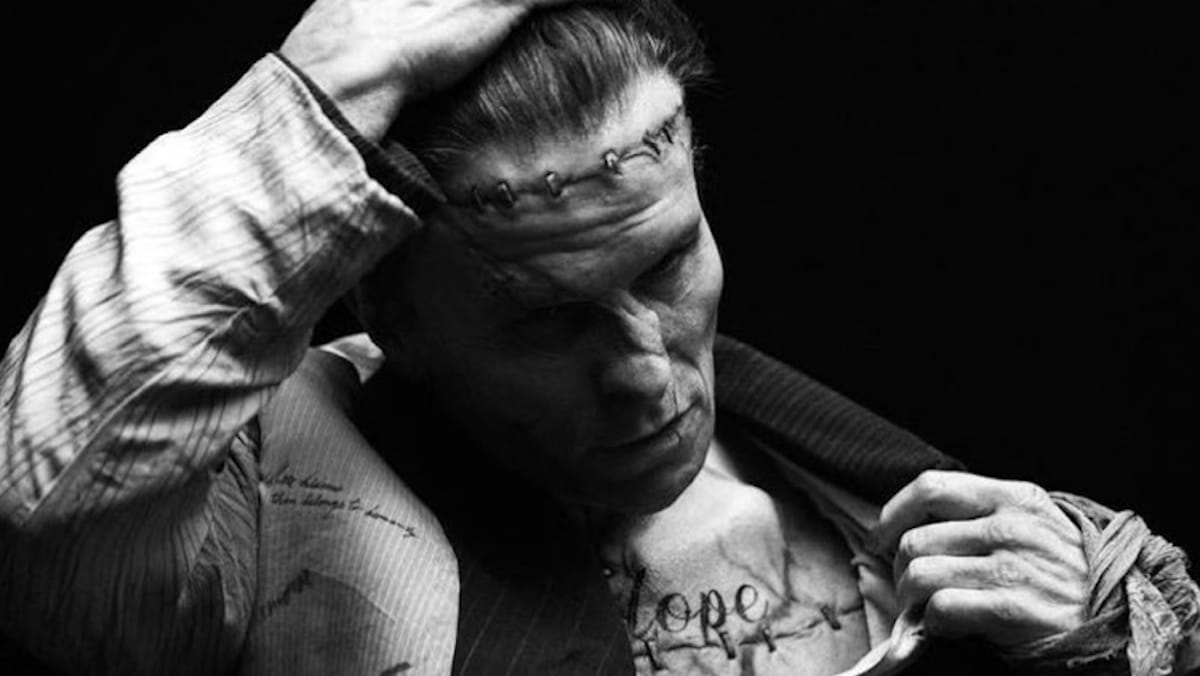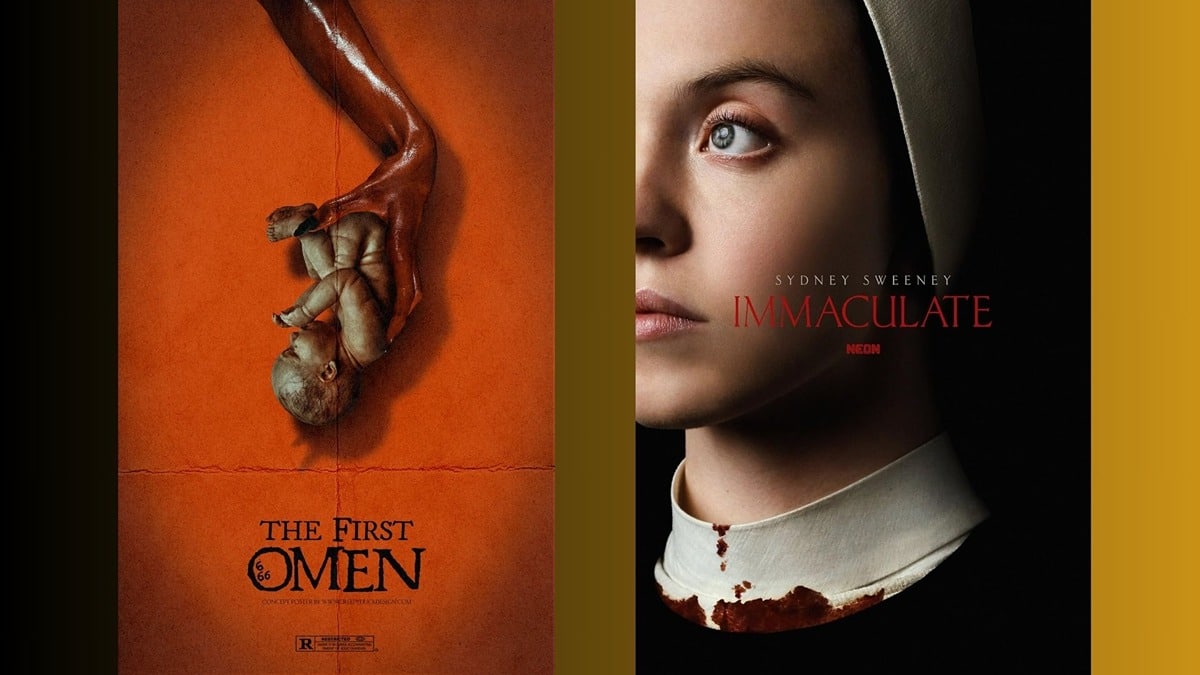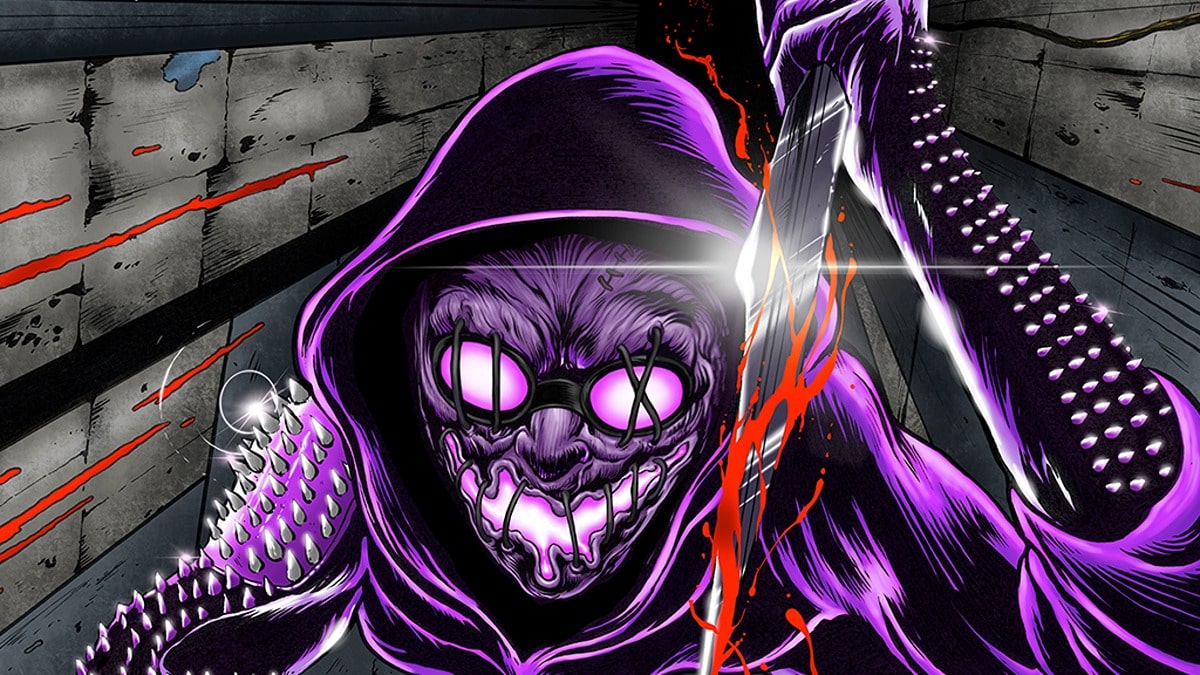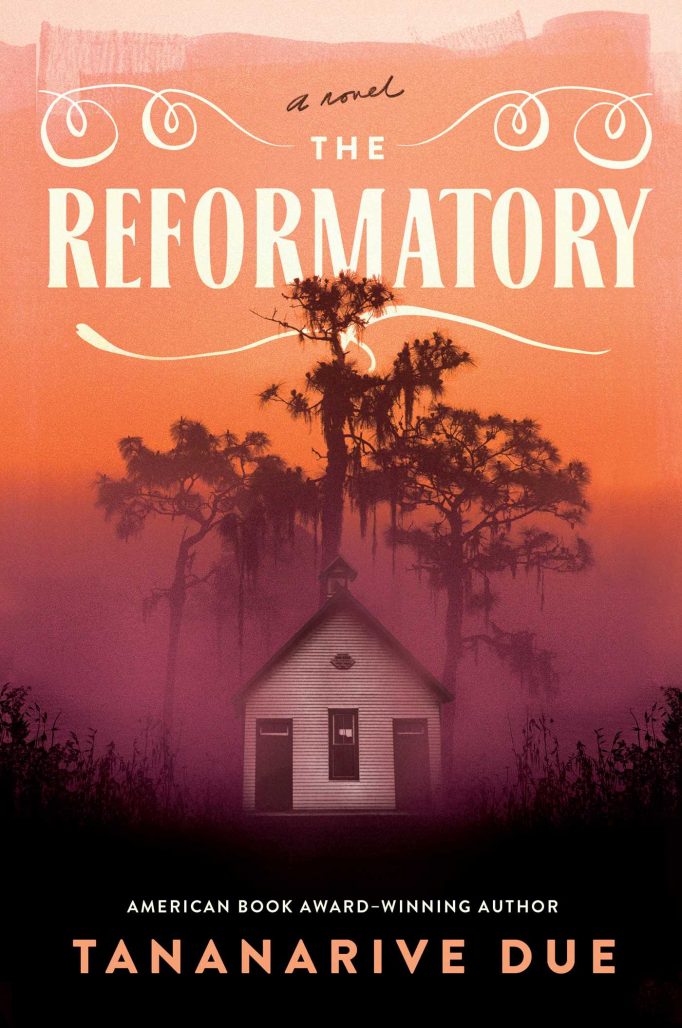
Due is a master of these types of observations, of the kind that might seem like quick jabs of wit on the surface but actually carry volumes of history and worldbuilding in them. You don’t so much read between the lines in Due’s writing as you venture into the worlds gravitating around each sentence. Her work in The Reformatory is no exception, and it’ll haunt you in ways that’ll land with the force of both historical truth and sheer terror.
The Reformatory is inspired by the story of Due’s own uncle and the infamous Dozier School for Boys in Jim Crow Florida. It follows twelve-year old Robert Stephens Jr., a Black boy that is sent to a school known as The Reformatory after an incident with an older white boy who was harassing his sister. Robert has the ability to see haints, ghosts that inhabit the places they died in as reminders of the cruelties inflicted upon them (often portrayed as vengeful spirits as well). It’s no surprise the school is full of them, but their desire to help and guide might override the pain they carry. And so begins a story that entertains the existence of hope in places where traces of it are quick to dissipate should the will to survive falter for too long. It’s a struggle Robert and his sister must endure to escape the long and haunting shadow of the Reformatory.
Due is one of the great horror ambassadors, innovating in the field to lead by example as to the types of stories the genre should experiment more with. One of her latest works, for instance, a short story titled “The Rider” that appeared in Jordan Peele’s horror anthology Out There Screaming (released in October of this year), follows two college-aged girls on their way to the Freedom Rides when a violent plot is hatched against them while on a bus to their destination. A mysterious rider jumps in with a sense of angry history to it that throws a wonderfully terrifying wrench into it. Due allows the supernatural to coil around history for a unique approach to horror that’s become signature, and it’s as present in “The Rider” as it is in The Reformatory.
The Beat sat down with Due to talk her unique brew of historical horror and how real horrors can lead to incredibly rich and necessary works of fiction.
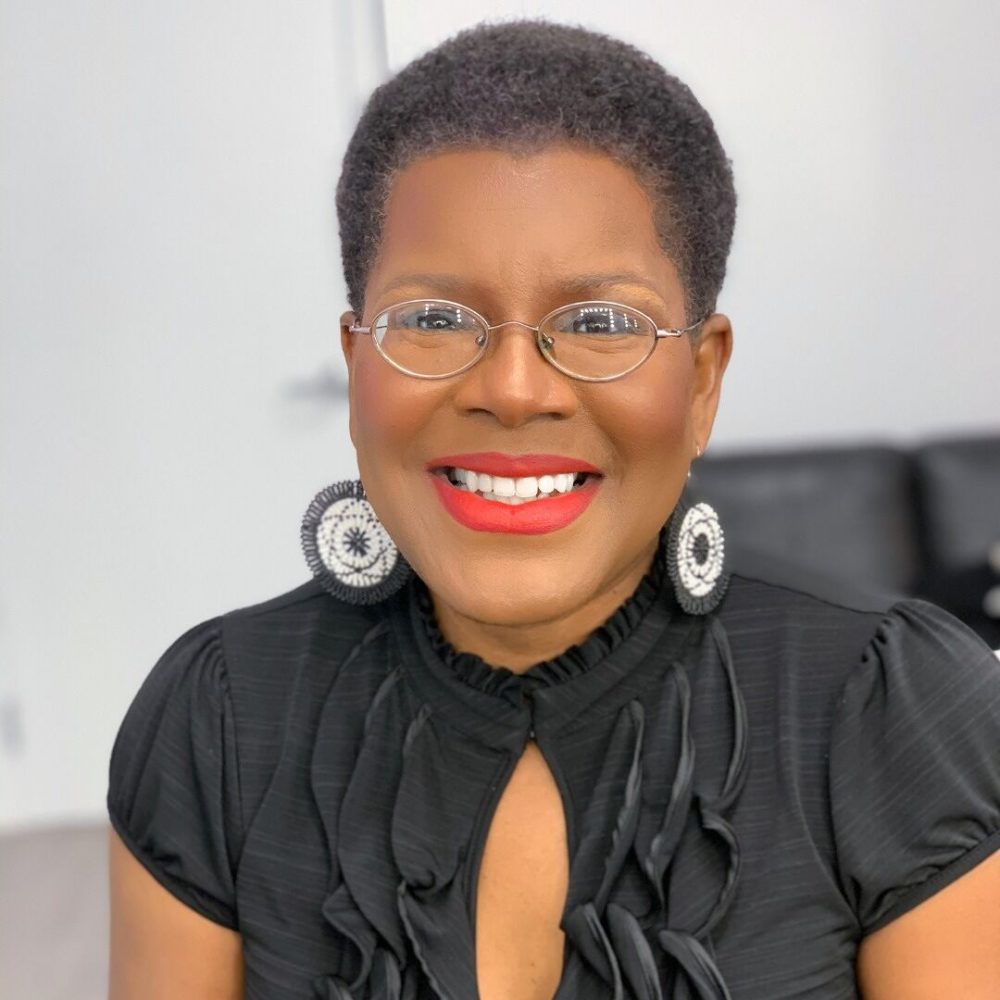
TANANARIVE DUE: It’s only fair to say that The Reformatory is loosely inspired by my uncle’s story, rather than “based.” I took a lot of liberties due to the fact not a lot is known about him. I decided very early on that this was not a biography, in any way, shape, or form. I found out from the Florida State Attorney General’s office, I think it was back in 2013, that I had a great uncle named Robert Stevens who died at the Dozier School for Boys in 1937. That’s a real story, but it was definitely not the story I wanted to tell. My entire point in writing the novel was to give Robert Stevens a different story.
I started by changing the timeline, because I’m not as familiar with the 1930s in Florida as I am with the 50s. In some ways, I’m sure it was very similar. But the 50s were my parents’ youth. I knew more about their stories from Florida during that time that I wanted to bring to light while I was writing about the Dozier school and a character inspired by Robert Stevens. So, I created that character, a namesake that would tie to his story in a way.
I took pains to create touchstones to let my relatives know this is an homage to their name as well, in honor of my uncle’s experience. That said, the broader mission of this book was to bring attention to the horror that was the Dozier School for Boys and the horrors of Jim Crow life in Florida.
SERRANO: And it’s something that ended up being more timely than perhaps originally intended, especially in terms of what’s happening in education and what kinds of history are “permissible” in classrooms.
DUE: It’s funny. I didn’t realize that by the time The Reformatory came out, Governor Ron DeSantis and other politicians would be actively trying to suppress the exact kind of Black history I discuss in the book. Then again, it’s not surprising because that has been an ongoing struggle. Even my late mother, who was an activist in the 1960s, was witnessing history being erased before her very eyes. That’s why she went to the New York World’s Fair in 1964. She wanted to be part of the Florida pavilion to protest and to make people understand Florida is not just beaches and sunshine. The erasure of history has always been a fight we’ve had to carry for fear of losing it entirely.
SERRANO: There’s a certain air of the gothic in your novel, a sense of mystery that leans on the supernatural quite freely to get its ideas across in an almost magical-realist way. Was this intentional or was it something that sprouted from the story organically?
DUE: Well, I’ve been in publishing since 1995. And I have gotten advice in the past not to call myself a horror writer. Because it feels limiting to some people, and some people don’t like boxes. But I do proudly claim that I am a horror writer. The minute I decided that it was not my place to try to write a nonfiction book about the Dozier school, it became a horror novel. More specifically, a ghost story. It made perfect sense. With all the horrible things happening at this school, it’s just not hard to consider the place is probably very haunted. So, I’d say it came as part of the process, especially in researching the school.
It’s a very haunting feeling to go on the grounds of these kinds of places and walk through those dilapidated ruins. The remaining facility is itself a ghost. People can still see the tangle of dormitories and the frames of the bunk beds and the cracked old sinks. It’s very visceral when you’re there. As I worked on it, I came to realize that the ghosts were enabling me to be honest in filling in the history of this institution without having to be explicit about it at every turn.
We don’t have to see children being sexually assaulted. We don’t have to see children being murdered. That’s not something I would find fun to read. And it feels odd to use the word fun. But I only say that because horror as a genre generally is meant to be entertaining. People who like horror – who read horror for fun – find it’s a way to get scared in a safe space.
SERRANO: And Horror is so good at doing that, giving readers a chance to face their fears from a distance.
DUE: Of course! Unconsciously, it pokes at real life fears. But I don’t have to wallow in them. I can distance myself from those real-life fears. And it’s not even conscious metaphor. I’m not sitting there thinking that zombies represent the breakdown of society on my first watch, although they do. That’s not what I’m thinking about first. While I’m watching it, the first reaction is “oh my god it’s the walking dead.” It’s allowed to be scary first. I really wanted to give readers that experience.
SERRANO: The Reformatory is a Black horror story in that the sources of terror carry a certain racial and historical weight for them. Yet, you make sure the supernatural remains scary on its own merit. How did you strike that balance?
DUE: Well, I didn’t want the book to come across like a history lesson. I mean, I certainly wanted readers to learn enough, but then it’s up to them to do their own research. I do like how one reviewer put it, though. They said the book was a call to action.
I don’t know if everyone will feel that way. Then again, a lot of our current systems are still operating under this Jim Crow lineage, from policing to the way a judge looks at you when you’re in the courtroom and how they decide whether they’re going to sentence you as child or as an adult. Also, I feel like putting a child in a cage should be the absolute last resort. In our society, unfortunately, putting children in cages is very matter of fact, and not even remarkable to a lot of people. It’s something we’ve just grown to accept.
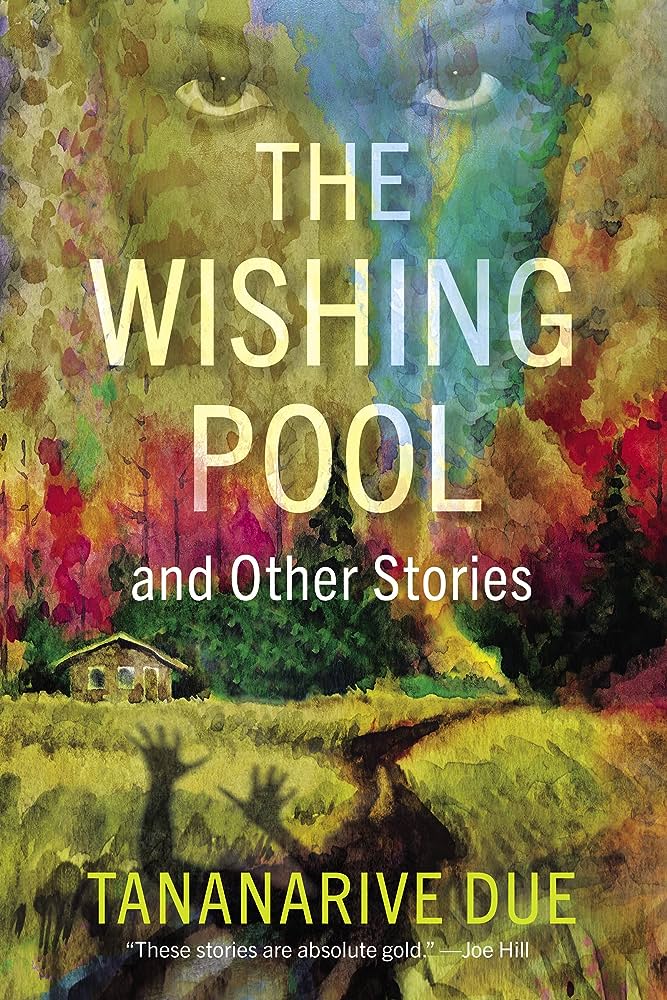
SERRANO: As a master of horror yourself, you’ve become a kind of ambassador for the genre. A voice of authority, if you will. As Black voices continue to vie for attention in this arena, what things would you like to see more of or less of in Black horror?
DUE: Oh, that’s an interesting question. I’d like to see fewer films with black leads that don’t have black writers. One thing that studios got wrong when Get Out came out and was as successful as it was, especially on what got put on the screen, was the casting of black actors for purely monetary reasons. It was like Black was in. We ended up with some real misfires that did not come from a culturally authentic place. You can always kind of tell. It often put actors in awkward positions, where they’d end up either reinforcing a stereotype or a trope due to the writer not writing from a genuine and authentic experience.
I love the idea of fresh voices and new directions, like the new black horror anthology that Jordan Peele edited, Out There Screaming. I have a short story in there, and I’ve read some of the others. Those stories are all over the map, from race to monsters to hauntings. I’m not saying that we don’t need to have more and more stories about racism as the monster or homophobia as the monster. Far from it. But I do think that the more liberated creators feel the better. Because not every story is about the thing itself. We also have lives that are separate from racism, and we also go through the same universal struggles that everybody else goes through. It’s just that we deal with racism and discrimination on top of those things.
The Reformatory is out now wherever books are sold. For more on Tananarive Due’s work, visit her website by clicking here.


